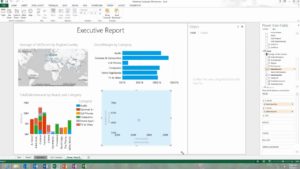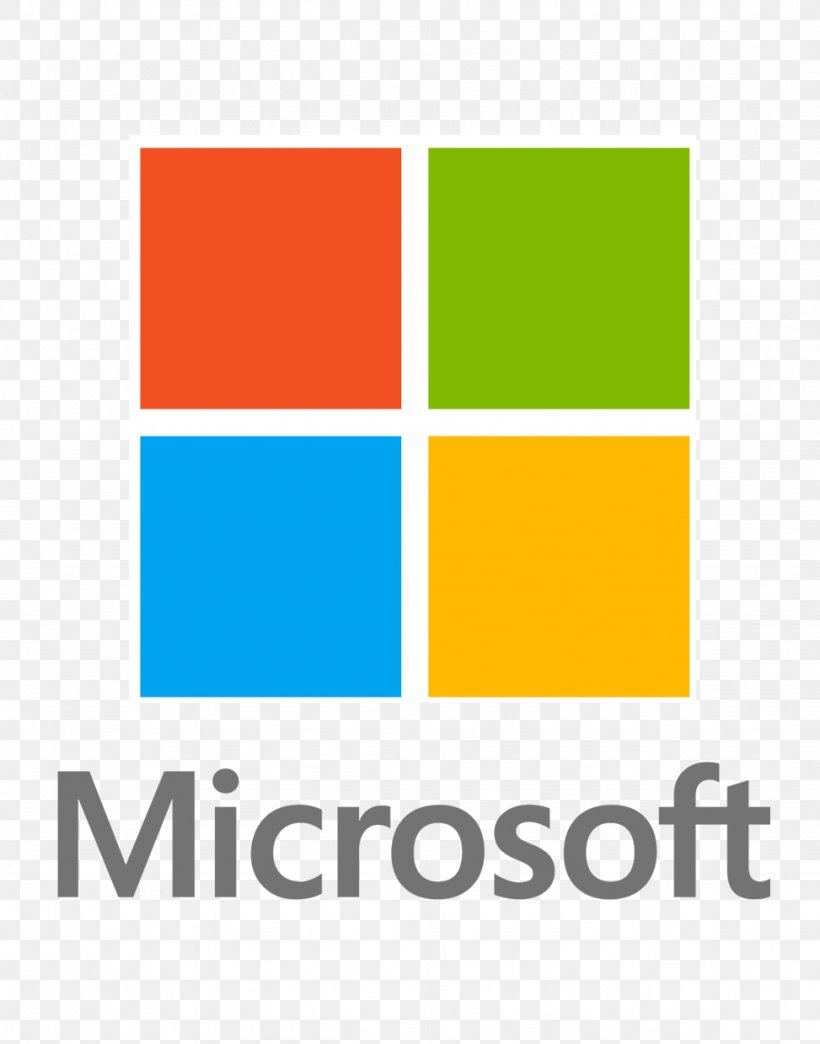While Microsoft has had a domineering presence on almost all corners of technology, from the cloud to computers, the company is seemingly reluctant about website builders. Currently, it is hard to point out a Microsoft Website Builder since all such solutions by the tech giant have either been discontinued or repurposed. Currently, the tools that can be referred to as website builders by the company are Wix, the GoDaddy Web Builder, and SharePoint. Notably, the latter does not develop public websites and the other two are not owned by the company. Nonetheless, here are a few things you should know about the builders.
Microsoft website builders review: Wix
Microsoft Office 365 now comes with Wix as a website building option, thanks to a partnership between the two companies. Wix is a renowned builder with a significant number of users that exceed competitors by far; hence, it is by no surprise Microsoft partnered with it. It features an easy-to-use drag-and-drop page editor that makes crafting professional-looking pages a breeze. Further, Wix has a wide choice of free templates for multiple niches that can get you a semi-finished and highly aesthetic website in just a few clicks. With a few creative customizations, even amateurs can develop masterpieces.
Plans and Pricing
Office 365 will give you the free Wix plan. However, to get more features and functionalities, the following paid plans are available:
Connect Domain |
Combo |
Unlimited |
VIP |
|
Pricing (per month) |
$4.50 | $8.50 | $12.50 | $24.50 |
Bandwidth |
1GB | 2GB | Unlimited | Unlimited |
Storage |
500MB | 3GB | 10GB | 20GB |
Free Domain (1yr) |
No | Yes | Yes | Yes |
Analytics Integrations |
No | No | Yes | Yes |
Pros and Cons of Wix
Pros
- Advanced functionalities with apps – Wix comes with a store of apps that are similar to WordPress plugins and that provide several high-end functionalities. Mostly, there are business, booking, marketing, photography, video, and music apps that bring a ton of features to a website.
- Highly-intuitive – The development environment provided by Wix is oversimplified, making it ideal for beginners in web development. Furthermore, the editor comes with familiar controls. For instance, when editing text, a context menu with a familiar Word-processor-like interface will pop up. Further, you can easily add effects such as animations to different elements of a page to improve interactivity.
Cons
- Template switching limitation – Once a website is live, you cannot switch templates without losing existing content. This might be a significant limitation should you reconsider your design options.
- Paid analytics functionalities – Unlike most other builders, monitoring and analytics functionalities are sold separately as paid features.
- Wix Customer Service – While the platform comes with a handy knowledge base and an active user community that makes useful how-to tutorials, the customer service from agents leaves a lot to be desired. VIP support is sold as a premium package meaning users in other plans may have to be patient before their site issue is resolved.
How to use the Wix web builder
You have to sign up on the Wix website, choose a template category, and select a desired template to start using the builder. On the left side of the editing screen, there are five options: Background for changing background color, image, or video, Add to insert new elements to the page, App Market to install features from add-ons, My Uploads to access files and images on your storage, and Start Blogging to start a blog. The editor loads the pages in full width and gives you an immersive editing experience. You can double click different elements on the page to edit them using a context pop-up menu. Modifying the layout of elements on a page is easy as you can click their borders to resize or drag them to different locations. Lastly, you can view or rearrange the order of pages in the navigation using the Pages drop down at the top of the editor. You can click the preview button on the upper right corner of the editor to catch a glimpse of the site then click on publish to make it go live.
GoDaddy Web Builder
GoDaddy’s web builder is an alternative to Wix that Microsoft users get with an Office 365 subscription. The builder is optimized for speed, which means that it shelves lots of user control to achieve this. It is the first builder to be advertised with an Artificial Intelligence engine designed to help end-users create their websites faster. The following are some of the pros and cons of the builder.
Plans and Pricing
Basic |
Standard |
Premium |
Ecommerce |
|
Pricing (per month) |
$10 | $15 | $20 | $25 |
SSL |
Yes | Yes | Yes | Yes |
Analytics |
Yes | Yes | Yes | Yes |
Email Marketing (emails per month) |
100 | 500 | 25000 | 25000 |
Ecommerce |
No | No | No | Yes |
Custom Domain |
Yes | Yes | Yes | Ye |
GoDaddy Pros and Cons
Pros
- Easy to use editor – GoDaddy has an optimized editor that works perfectly across all devices, smartphones included. The company provides introductory videos to further help new users get accustomed to the editor.
- Unlimited space and bandwidth – All plans enjoy unlimited storage and bandwidth, unsurprisingly so since GoDaddy is one of the biggest hosting companies.
- Customer Support – It is easy to engage customer support agents to get quick resolution for website issues.
Cons
- Limited template options – Unlike many leading builders, GoDaddy does not have a wide choice of templates to choose from.
- Limitations in navigation – All pages have to be added to the top-level menu since the builder does not support drop-downs or submenus. Therefore, when building a website with many pages, this might not be the best tool to use.
- Limited widgets – Add-on features through widgets are scarce which makes it almost impossible to create websites with many functionalities.
- An expensive and limited eCommerce plan – E-commerce is reserved only for users that can pay for the most premium package. Even then, the functionalities of the builder’s online store are limited since digital files such as pictures and music cannot be sold on it.
- Constrained site modifications – Creativity in page design is constrained as there are only predetermined ways to build a website. For instance, videos can only be inserted across the whole width of a page section with no neighboring text. Further, basic customizations such as changing the font size for headings cannot be done.
How to use the GoDaddy Website Builder
Once signed up with a preferred plan, you have to choose a template. The builder will first show mobile and computer screen previews of the template. You can then click on edit to make modifications to the template. The editor has a dedicated sidebar on the left to help you customize different sections of a page such as the header and footer. Fonts and font colors can be changed through the overhead theme menu button. New elements on a page can be added using the plus (+) bubble that is conveniently located at points where new sections can be added. Lastly, new pages are added using the top navigation menu which lists the existing pages.
SharePoint
SharePoint can no longer be used to create public websites; hence the reason why Microsoft provides the alternatives above. However, if you are looking to create an intranet site to be used by an enterprise, this builder could be ideal for you. The closest you can get to building a normal-looking website with SharePoint is by creating a communication site whose purpose is to share information within teams. The following are the pros and cons of the builder.
SharePoint Pros and Cons
Pros
- An optimized tool for enterprises that need to share confidential information within teams
- Integration with other Microsoft Office products such as Word, Excel, and PowerPoint
- Centralized storage of files
Cons
- Cannot build websites to be accessed by the public
- Complicated to set up and maintain
An extremely limited selection of templates - Limited functionalities, only ideal for information sharing
- Quite expensive
- Cannot be used for any other purpose apart from internal communication
Plans and Pricing
The following are the prices for each SharePoint plan. The pricing structure is unique and different from the conventional builders as it is delimited per user since SharePoint is for private websites.
- SharePoint Online Plan 1 ($5 per user/month)
- SharePoint Online Plan 2 ($10 per user/month)
- SharePoint Server ($2500+)
- Office 365 Business Essentials ($5 per user/month)
- Office 365 Business Premium ($12.50 per user/month) Office Enterprise E3 ($20 per user/month)
How to use SharePoint
You have to log in to an Office 365 account. In the list of the available apps such as Word and Outlook will be SharePoint. Clicking on it redirects to the SharePoint server with the enterprise name affixed to the URL. To create a website, you have to press the create a site button on the top navigation and choose a communication site. You will be directed to describe the website by giving it a name and description and then choose a template. Once the template is applied, you will be redirected to the site editor where you can make modifications to the home page or create new pages. After creating the site, you can only select users or groups within your organization to be invited to view the site.
Conclusion
Microsoft is albeit distancing itself from actively building and maintaining website builders. SharePoint, its only remaining proprietary builder, has been repurposed to be used only for intranet websites with limited features only suitable for private communication in enterprises. However, the company has partnered with Wix and GoDaddy to ensure that Office 365 users can still build publicly-accessible websites. While Wix comes with a ton of features, great customizability, and access to many functionalities using Wix apps, GoDaddy’s Web Builder is more confined by only offering simple features, limited customizations, and little to no support of additional functionalities through widgets. SharePoint is not an alternative for these but could be useful for organizations.


